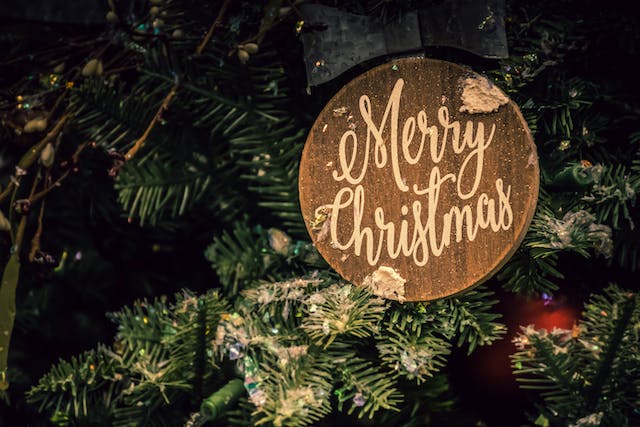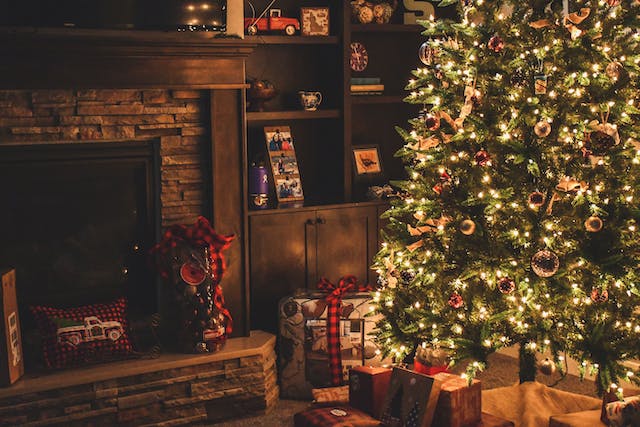Embracing Diversity: A Multicultural Holiday Celebration
The holidays are a time of celebration and reflection, an opportunity to gather with family and friends and welcome a new year.
End of the year celebrations are based on the traditions of Latinos’ countries of origin, but have also been adapted to American culture.
Christmas season and Latinos
For the Latin community, New Year’s Eve celebrations are an event that lasts throughout the month of December, rich in cultural nuances and a unique mix of ancestral customs and American influences.
If you have Hispanic roots, typical activities during the five weeks between Thanksgiving and New Year’s Day may include office parties, drinks with friends, family Christmas breakfast or dinner, and lots of gifts.
One of the most important traditions of Latin New Year’s Eve celebrations is “Las Posadas”, practiced primarily by Mexicans and Central Americans, Las Posadas are a series of nine processions that commemorate the journey of Mary and Joseph to Bethlehem.
Another important tradition is Christmas Eve, of Catholic-Christian origin focused on family gatherings and traditional food, it has strong roots in countries such as Ecuador, Peru, Colombia, and Venezuela.
A celebration that lasts all month
What is certain is that the celebration of the Christmas season is prolonged and can be attributed to various cultural, religious, and social reasons.
The festivities are spread throughout the month to allow family members, even those who live far away, to participate in the celebrations.
Most Latin American countries have a strong Catholic influence, the celebration of the novena and other religious traditions contribute to the extension of the festivities throughout the month; For example, in Mexico, the celebration of the Virgin of Guadalupe on December 12 marks the beginning of the Christmas festivities. These celebrations combine to form a month full of festive activities.

Photo by Brett Sayles from Pexels: https://www.pexels.com/photo/merry-christmas-sign-1656564/
American influences: a mix of traditions
While these traditions remain central to the Latin New Year’s Eve experience, there is a beautiful interplay with American customs.
Christmas trees decorated with ornaments from their home countries sit alongside menorahs and Kwanzaa kinara. Secret Santa exchanges and other customs reach Latino homes, adding to the holiday spirit.
Cultural Differences in Christmas and New Year’s Eve Celebrations between Latinos in the US and Americans:
The holidays are special times around the world, but there are notable differences between how Latinos living in the United States and Americans celebrate Christmas and the New Year:
- Cultural Influence: Latinos incorporate elements from their countries of origin in celebrations, fusing American traditions with Latin customs and Americans: Celebrate according to American traditions, which may vary by region.
- Celebration Timings: Latin festivities tend to extend late into the night with long dinners and lively parties, while many Americans celebrate Christmas and New Year’s Eve with early dinners and prepare for public or private events.
- Typical Foods: Traditional Latin foods, such as tamales, and suckling pig, are common on Christmas tables, on the contrary, oven-roasted turkey is the typical central dish at Christmas dinners in American homes.
- Christmas Eve: for Latinos, it is an important celebration with festive dinners, music, dances and special rituals, while for Americans, the focus is on Christmas morning with the exchange of gifts and food.
- Music and dance: Latin music enlivens the celebrations, and dancing is an essential part of the festivity; In American celebrations, traditional music, such as Christmas carols, is common.
- Decoration: it can include typical Latin American elements, such as piñatas and bright colors, and for Americans it is more classic, such as bright lights, Christmas trees and garlands.
- Religious Significance: Many Latinos incorporate significant religious elements into their celebrations. While some Americans celebrate with religious elements, others focus more on the secular aspect of the holidays.
- Regional Traditions: Latin American countries have specific traditions that influence celebrations; In the United States, traditions can vary by region with some local cultural influences.
- Gift Exchange: For Latino families, gift exchange happens after midnight and for Americans they open their gifts on Christmas morning.
- New Year Celebration: For both cultures, the New Year celebration is a lively party with fireworks, and it is common to see celebrations in public or private places.

Photo by Brett Sayles: https://www.pexels.com/photo/lighted-christmas-tree-1708601/
Generational changes: keeping traditions alive
For younger generations raised in the United States, experiencing cultural mixing can be a unique experience.
Some may feel a disconnection from their traditions, while others seize the opportunity to create a new, hybrid identity. The key is finding ways to keep the spirit of traditions alive, whether it’s telling stories, sharing recipes, or simply spending quality time with family.
In recent times, there has been a growing recognition of the need for inclusive celebrations that embrace people of all backgrounds and beliefs.
Many communities are taking a multicultural approach to their holiday festivities, ensuring everyone feels included and valued. This shift reflects a broader understanding of the interconnectedness of humanity and the importance of celebrating our differences.
